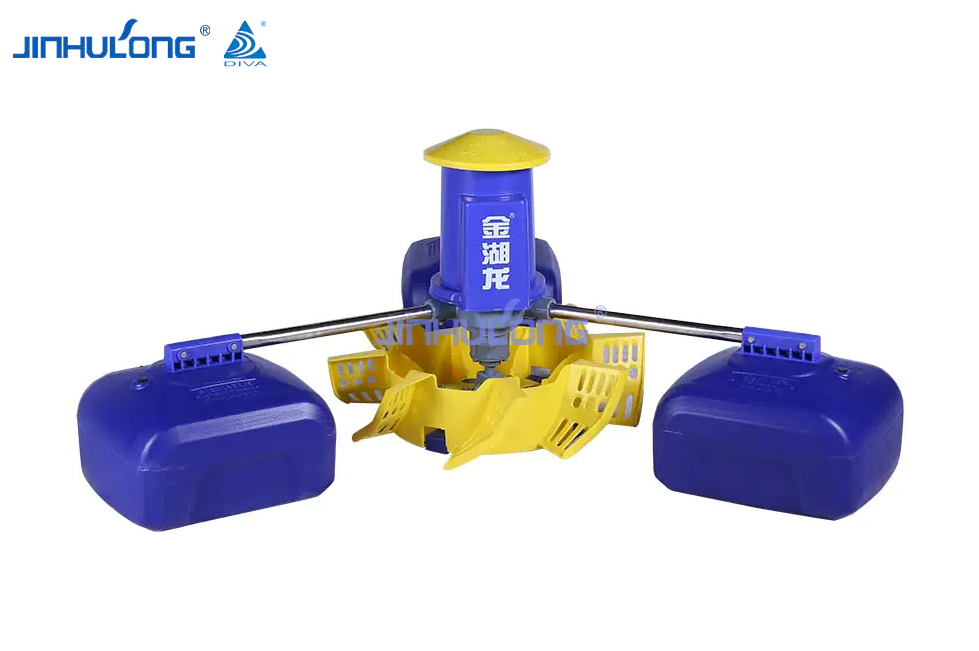The durability of water treatment equipment is a significant factor in determining its overall effectiveness and cost efficiency. Among various technologies, the Frequency Conversion Aerator has emerged as a robust solution for aeration processes, and its durability is a key aspect that warrants a thorough examination. This article delves into the resilience and longevity of Frequency Conversion Aerator systems, exploring how they stand up to the test of time and the rigors of continuous operation in diverse water treatment settings.
The Frequency Conversion Aerator, by design, is engineered to withstand the harsh conditions often found in water treatment facilities. Its durability is a result of the high-quality materials used in its construction, as well as the advanced engineering that goes into its design. The aerator's components are typically made from corrosion-resistant materials such as stainless steel or high-density plastics, which are chosen for their ability to resist the erosive effects of water and the chemicals often used in treatment processes. This ensures that the Frequency Conversion Aerator maintains its structural integrity even under the most demanding conditions.
One of the primary benefits of the Frequency Conversion Aerator is its low maintenance requirement, which is a direct result of its durability. Traditional aeration systems often require frequent maintenance due to wear and tear, but the Frequency Conversion Aerator's design minimizes this need. Its electronic components are protected from water and moisture, reducing the risk of damage from corrosion or short circuits. This not only extends the life of the aerator but also reduces the downtime associated with repairs and maintenance, ensuring that water treatment processes can continue uninterrupted.
The operational efficiency of the Frequency Conversion Aerator also contributes to its durability. By using frequency conversion technology, the aerator can adjust its operation to match the specific needs of the water treatment process, which helps to prevent overworking and potential damage to the system. This adaptability means that the Frequency Conversion Aerator can operate at peak performance for longer periods, further enhancing its durability.
In terms of resistance to wear, the Frequency Conversion Aerator's design includes features that minimize friction and the associated wear and tear. The aerator's impellers, for example, are designed to create a smooth and efficient flow of water, reducing the stress on the system and prolonging its lifespan. This attention to detail in the design process is a testament to the manufacturer's commitment to creating a product that is not only effective but also built to last.
The environmental conditions in which the Frequency Conversion Aerator operates can be quite challenging, with variations in temperature, pressure, and the presence of aggressive chemicals. However, the aerator is designed to handle these conditions, with its components carefully selected and tested to ensure they can withstand the rigors of long-term use. This robustness is a key factor in the aerator's durability, allowing it to continue functioning effectively even in the most adverse conditions.
In conclusion, the durability of the Frequency Conversion Aerator is a testament to the advanced technology and engineering that have gone into its design. Its ability to withstand the challenges of water treatment processes, combined with its low maintenance requirements and operational efficiency, make it a reliable choice for facilities looking to invest in long-lasting aeration solutions. The Frequency Conversion Aerator's durability not only ensures the continuity of water treatment processes but also provides a cost-effective solution in the long term, as it reduces the need for frequent replacements and repairs.
https://www.chinaaerator.net/product/impeller-aerator/super-impeller-type-oxygenator-series/

